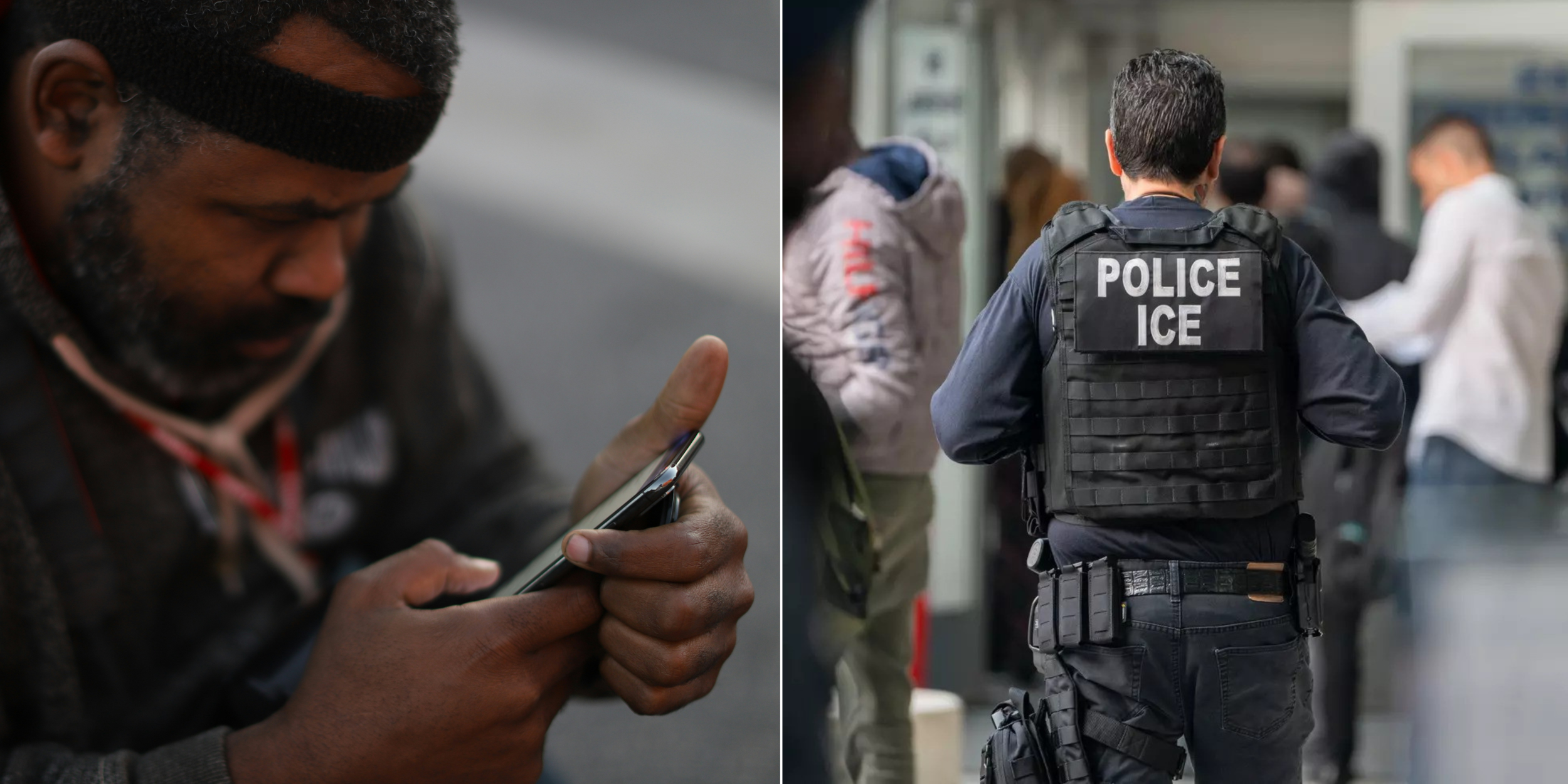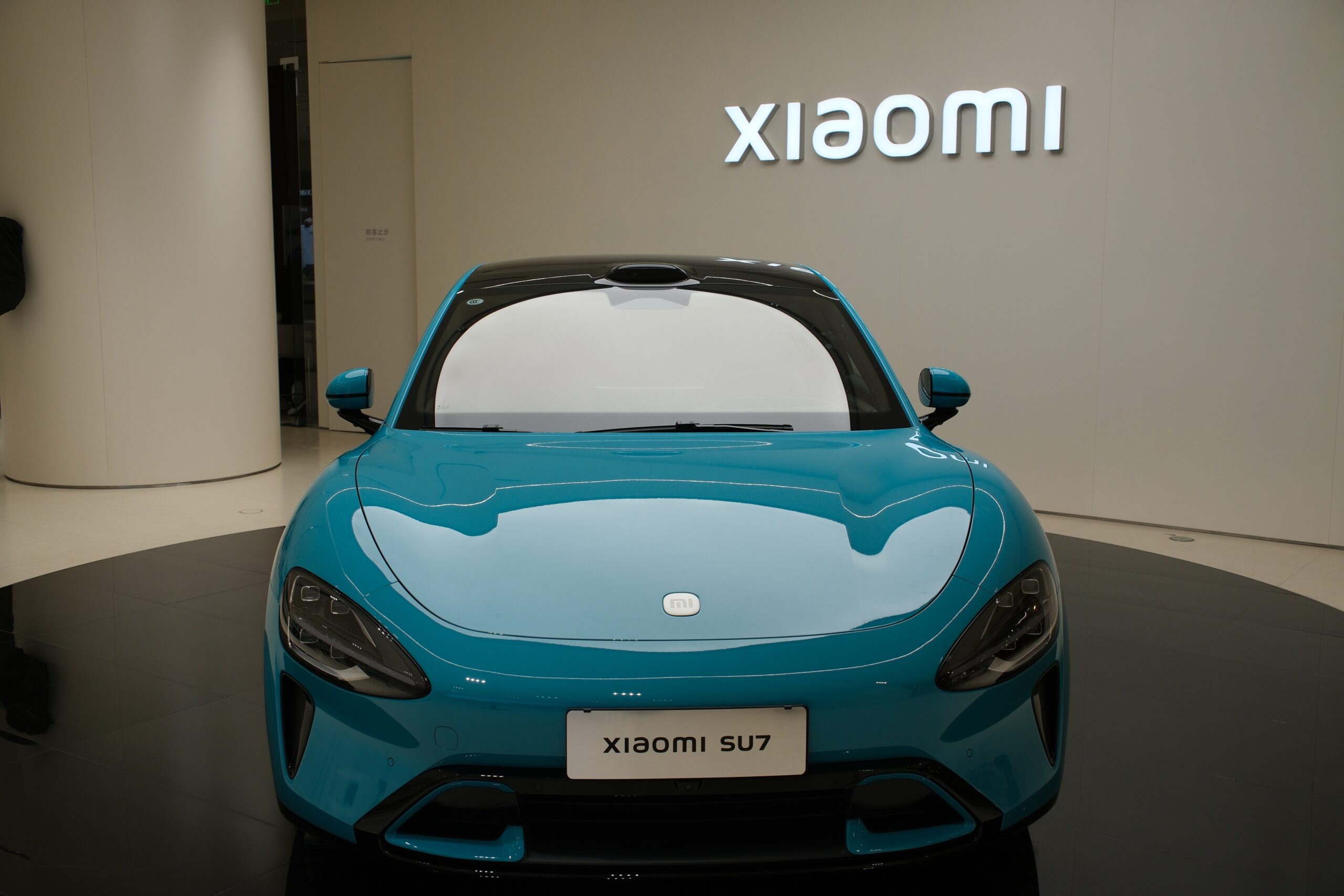Today, I wanted to have a quick look at five iPhone apps that helped make the biggest action film of the summer, F1: The Movie.
Now, off the bat, these are not necessarily tools that were primarily responsible for capturing the image. That responsibility fell mostly on the shoulders of the Sony Venice and Rialto Mini, with a unique blend of cameras, some of which were engineered specifically for this film. The film, just released in IMAX, is a real technical feat by cinematographer Claudio Miranda (Top Gun: Maverick, The Curious Case of Benjamin Button, Life of Pi), and it’s worth learning about the process on screen.
But, while some of the tools in the above video are likely out of reach of many of our budgets, there were a handful of tools behind the scenes that most everyone reading this article has easy access to right now.
As much as YouTube likes to suggest that filmmaking is simply a matter of getting a camera with amazing autofocus and showing up, the truth is that film is made in preproduction. A myriad of details and minute considerations are pored over endlessly before you ever roll a foot of film (or a MB of video). Planning is the key to a successful production. And while many articles are devoted to capturing assets with the phone in your pocket, perhaps its greatest hidden talent is in streamlining your preparation.
Miranda himself used his own personal iPhone in the preparation for F1: The Movie and sat down with Apple to discuss some of the apps he used in his workflow.
Blackmagic Camera is one of the apps that I have on my own phone. The key to cinematography is control. Sure, you can just whip out your phone and hit record. But, if you want to capture great footage, it requires an understanding of your settings and the ability to manipulate them for a desired result. Unless it’s just a matter of snatching a cute video of my dog snoring before he wakes up, I pretty much exclusively use the Blackmagic Camera app for iPhone video because it allows me to control things like shutter angle and manual focus. Miranda himself even used his own iPhone for a particular test shot of Brad Pitt flooring it at the Daytona 500 that ended up being worthy to make it into the final film!
The conversation between director and DP never ends. When I first began as a filmmaker, to get a firm grasp on lens choice and shot selection, we would carry around larger, bulky director’s finders to pick and choose the next image to capture. Nowadays, while optical finders still exist, it is far easier (and lighter) to previsualize using the phone in our pockets. Miranda uses Artemis Director’s Viewfinder. The app allows you to simulate the view a certain camera-lens combination will achieve, apply custom framelines, LUTs, and even virtual stand-ins to help with blocking.
This tool allows you to make 3D models from photos and generate precise LiDAR scans of your environment, including exact measurements. This can help you plan your lighting and ensure only the necessary tools get hauled off the truck.
There are a bevy of different iPhone apps that will allow you to predict the sun’s trajectory. Miranda uses one called Sun Surveyor. When working with massive sets and needing to move fast, natural light can be a cinematographer’s best friend. The phone in your pocket can help you plan your schedule so that you take the greatest advantage of the light nature has already provided before needing to bring out the generator.
Manual focus is the name of the game in professional filmmaking. But keeping things in focus is as much about the math as it is the art. The pCAM Pro app serves as a virtual camera assistant. It helps you calculate things like depth of field and critical focus distance so that you can make sure your images are spot-on every take.
To read more about the apps Miranda uses, click here.


